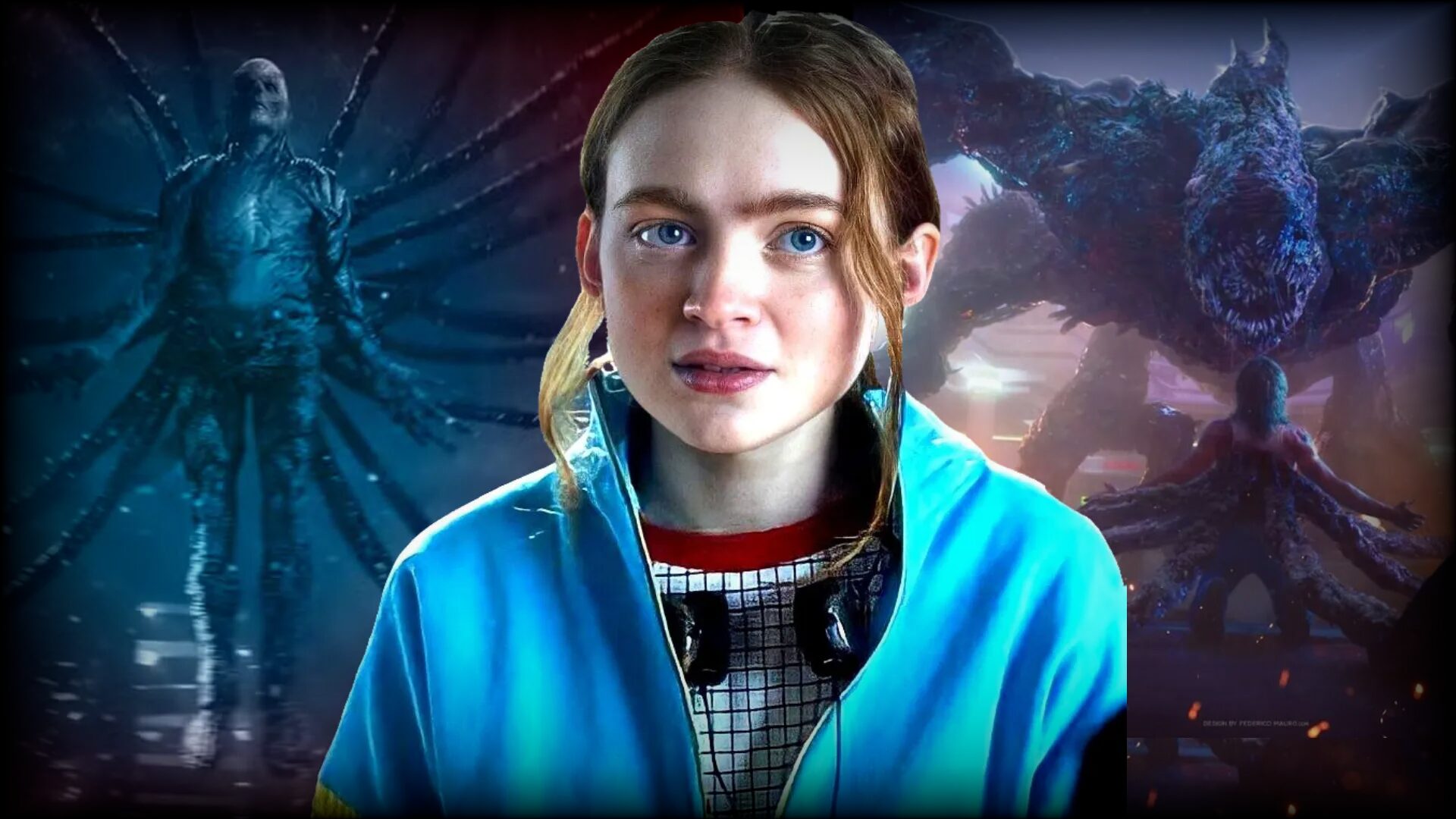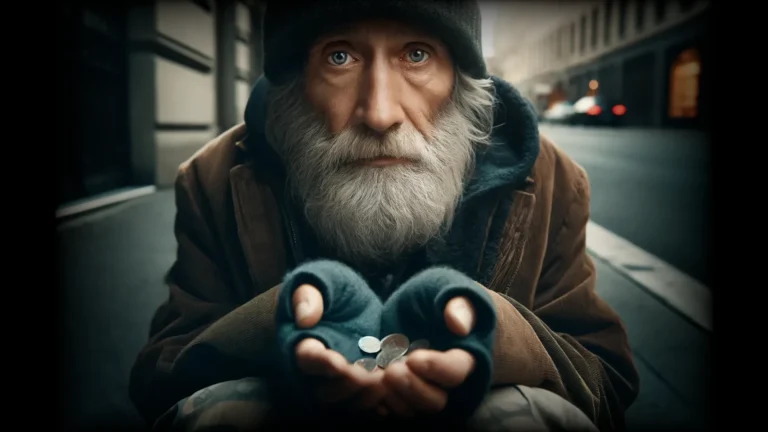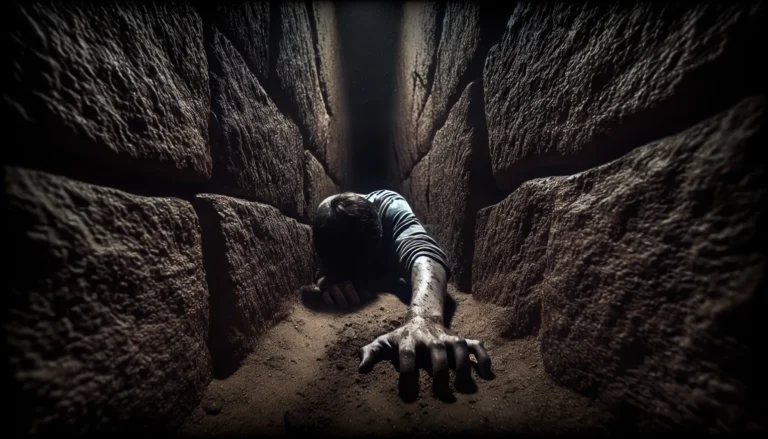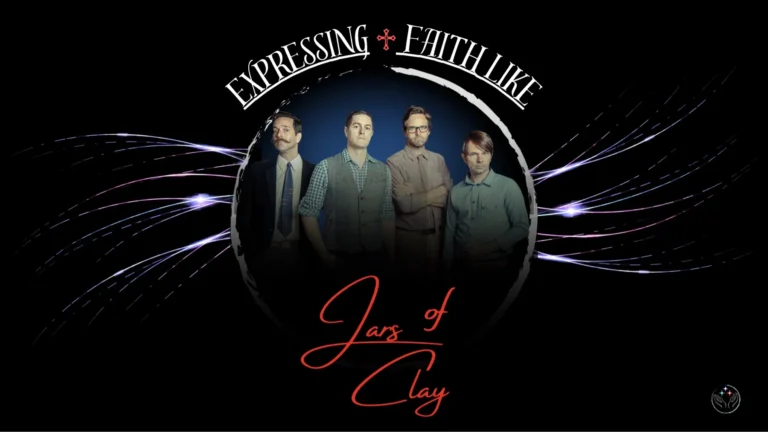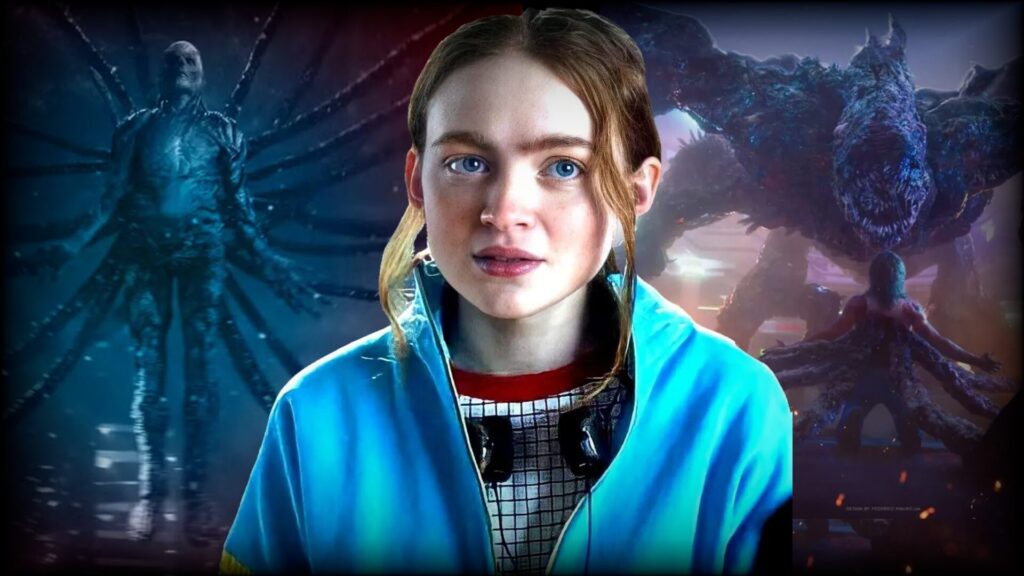
Disclaimer: Some may find this content distressing, as it covers the topic of depression, drug addiction, mental illness, and suicide. Discretion is advised.
First and foremost, this article examines secular material. It’s not to glorify sin. But the quote is true: “You can’t give an answer before being asked the question.” Let’s listen to what’s around us. Not to approve, but to acknowledge and resolve.
One of the best ways to promote thought leadership is by creative symbolism. The medium doesn’t matter. It can be art, literature, music, movies, and more. A perfect example of this is with a Netflix series called Stranger Things. It’s a sci-fi horror show directed by two writers. It was by accident that I discovered symbolism from this popular Netflix series. Typically, TV depictions are stereotypical and stigmatized. But in this case, they got it right. It involves a 15-year old girl named Maxine Mayfield who experiences trauma and is “marked” to be the next victim. It’s a journey regarding mental health. It’s a story from trauma to recovery…
I must warn you, this show has a particular reputation for its strong graphic content. If you watch season three and four, you’ll see people’s eyes gouged, bones broken, people stabbed, crushed, choked, eaten, shot, necks snapped, and babies burning in their cribs. Again, it’s this intense “anything can happen” factor that fans love so much. Nothing is off the cuff. Anything can happen. The unpredictability of these events further intensifies the emotional meaning of it all. This includes the symbolism of the moment. Those within the Stranger Things fan club will get the gist of this. For the rest of you, I’ll try my best to explain the storyline.
This is an official spoiler alert for those who have not yet watched season three or four of Stranger Things. You have been warned.
We find specifically in season four that something strange is going on in this small-town community. Among the first ones to experience this is Chrissy Cunningham, who is a captain of her high school cheerleader squad. The show introduces her as the typical “high school popular kid.” A couple minutes into the episode, we discover the darker side of Chrissy’s life. She struggles with both bulimia nervosa and drug addiction. In the episode, she visits a friend’s house to buy some drugs. While alone and waiting in a room, we see Chrissy randomly fall into a deep trance. In reality, she’s paralyzed while standing up with her eyes rolled back. But in her mind, she’s back at her house at night.
In her mind’s eye, Chrissy walks around her house and makes a gruesome discovery. She finds her mother has become a disfigured creature and her father tied to a chair with his mouth and eyes sewn together. She hears a deep voice call her, and then we watch the main antagonist (named Vecna) enter the room. He’s a massive six-foot monster made of flesh with no skin. Chrissy makes an unfortunate wrong turn in her attempt to escape. She finds herself trapped in a room with no windows. Vecna corners her and tells Chrissy that her suffering will end soon. He puts his hand on her head. Everything in her mind goes black. Back in the real world, her body begins to levitate — as if something supernatural is at play. As she’s in the air, we see Chrissy’s arms and legs snap and break. Her jaw breaks and her eyes gouged. After it’s done, her lifeless body falls to the ground with every bone in her body broken. Her eyes are forced to the back of her head. This horrific scene would be the same fate as four other victims.
The death of Chrissy is the beginning of a real and serious discussion of mental illness. Chrissy’s death sets the tone for the rest of season four. Others will follow a similar demise — including our hero of the show, Maxine Mayfield. Fans were caught off guard by the gruesomeness of Chrissy’s death. Up to that point, fans never saw that type of violence and bloodshed. Some would even stop watching. Nonetheless, that’s what happened.
Let’s back up and examine the show’s storyline: The Netflix series called Stranger Things is a thriller and sci-fi horror show. It takes place in the 80s and has a coming-of-age nostalgia vibe. It’s impossible to give a full explanation of the more than 35-hour storyline within five sentences, but I’ll give it a shot: An entire 1980s small-town community in Indiana is thrown in disarray when a 10-year-old boy goes missing. This leads to a chain of events in which a small group of locals discover a dark government agency on the outskirts of town. On further investigation, our protagonists find out that something within the agency has gone wrong. The secrets of the agency involve the experiments of supernatural forces — which escape the premise of the government building. The rest of the story is about our small group of heroes fighting this supernatural force to save their town.
Our hero of today is Maxine “Max” Mayfield. She’s introduced in the show as a fifteen-year-old girl from San Diego, California and is the daughter of Sam Mayfield and Susan Hargrove. After divorce and remarriage, Max moves with her mother to Hawkins, Indiana where she attends Hawkins Middle School. She is now the stepsister to an 18 year old adult by the name of Billy Hargrove. Max is raised in an unstable home with a physically abusive stepfather. This has led Max to develop a bold and thick-skinned personality. At the same time, it has led her to develop a sense of insecurity and harshness.
Her stepbrother plays a vital role within the story. Max is physically abused by Billy — just as by her stepfather. This has led to a rift within herself. Does she embrace Billy as her stepbrother? Does she approach him with denial and abandonment? In his last instance, we see the good side of Billy. He chooses to be a hero. Billy finds himself standing between a monster and a lady nicknamed El. Max’s brother isn’t the intended target, as it’s El who is responsible for stopping the monster’s previous attempts to kill more people. Yet, Billy moves between the two and gives up his life. The monster promptly leaves after the death…
“If I only could, I’d make a deal with God. And I’d get Him to swap our places.”
The monster that killed Billy is a puppet of a greater antagonist named Vecna. It’s at this point that our main antagonist, Vecna, seizes the moment and claims Max as his next victim. Not only does he kill Max’s brother, but Vecna exploits Max’s trauma to kill her as well.
The antagonist of season four is a massive creature named Vecna. He’s a supernatural being who remains in his own dimension yet desires to kill those in the physical world. Of course, the question arises: How can he kill those within the physical world if he’s stuck in a separate dimension? The spooky part of Vecna is his ability to enter the minds of his victims. He can’t physically reach them, but he can do so in their mind’s eye. He can enter their thoughts. He can manipulate their emotions. The threat of Vecna isn’t anything you can see or touch, but rather something you can imagine and feel. Vecna is the symbolic epitome of clinical depression and mental health trauma.
At this point of the story, it’s been confirmed: Max Mayfield has been marked as the next victim. Just as Chrissy was marked, so is Max. She expects tomorrow to be her last day to live. In preparation for her death, Max writes letters for each of her loved ones — both family and friends. There is significant symbolism behind Vecna claiming Max as his next victim. It symbolizes the harshness of mental illness — as such has no mercy. The more traumatic the experience, the stronger the urge to self harm. Not only have you lost something, but the pain from that loss will exploit your death as well.
With that said, Max prepares for her death. The moment Max sees Vecna in one of her visions gives the solid confirmation that she’s the next victim.
There is a similarity in all of Vecna’s victims. They all struggle with mental health in some shape or form. For Chrissy, it was both bulimia nervosa and drug addiction. For a second victim (a young boy named Fred), it was the trauma of a fatal car accident. And the third intended target is our young hero named Maxine. This is no coincidence. Remember: The threat of Vecna isn’t anything physical — as he’s in his own dimension. His threat is by deception and manipulation. He enters the mind of his victims and exploits their emotional traumas. This would lead to their death. Vecna would be one death closer to joining this world.
The end of the show leaves us with an unresolved ending. How does Max spend her last moments? Who does she lean on in this time of tragedy? Just as Chrissy faced an inevitable death, so does Max. She has one day to say goodbye to family and friends.
Part Two: Written In Blood
“Video clips has been shortened to include only the footage relevant to the commentary. Full scene available [here]. Used under Fair Use for analysis and commentary.”
